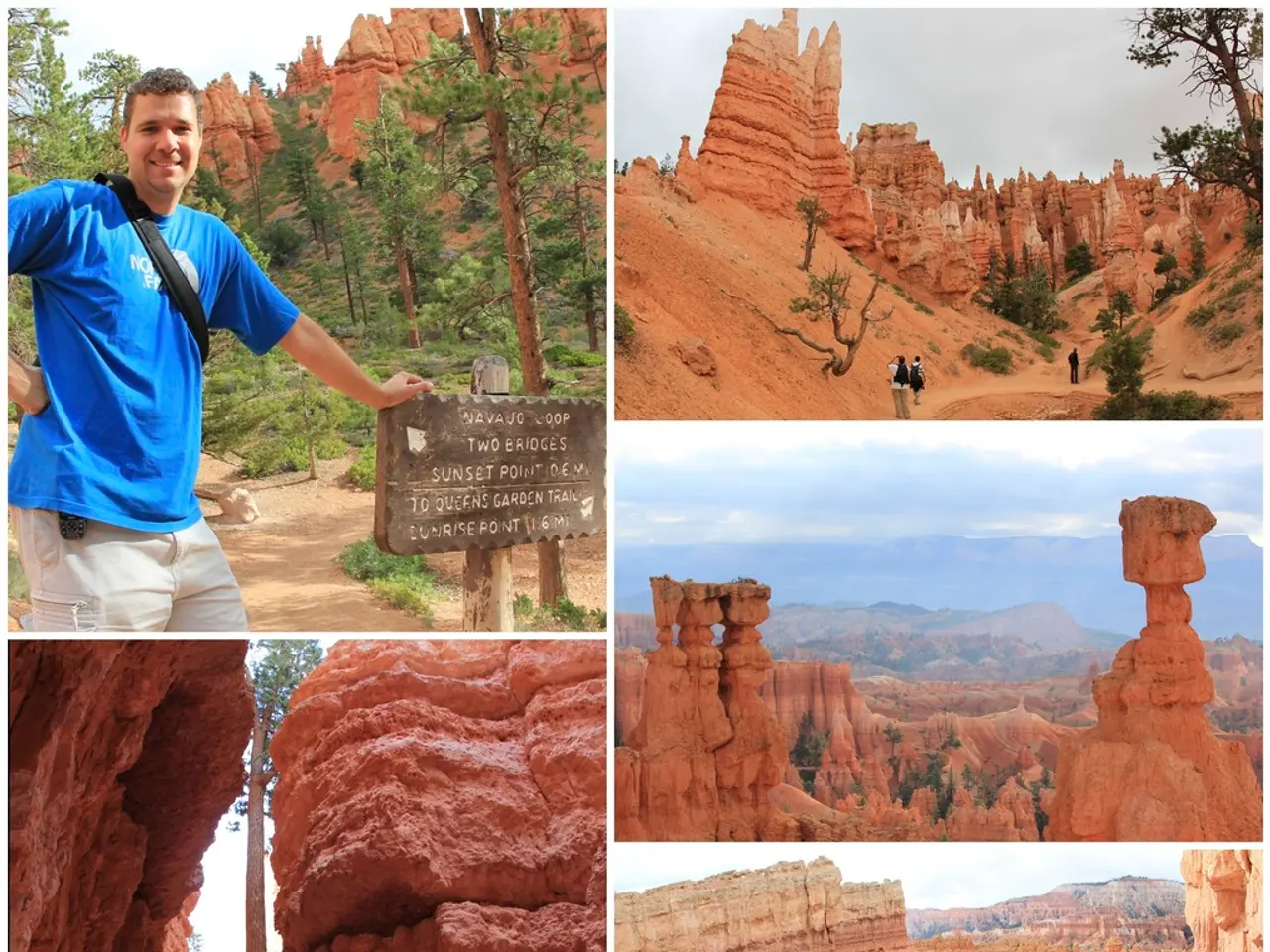Fascinating Tidbits About Puebla That You Need to Know Before Your Visit
In the heart of Mexico, the vibrant city of Puebla shines as a beacon of history, culture, and unique local charm. This enchanting destination offers visitors a captivating blend of layers from the past and present.
Hidden Tunnels and Colonial Ambiance
Beneath Puebla’s historic center lies a network of underground tunnels about 10 kilometers long and up to 7 meters high. These tunnels, discovered in 2015, served various purposes such as transporting Catholic Church treasures and moving soldiers during the 1862 Battle of Puebla. They are open for tours except on Mondays, offering a glimpse into the city’s rich history[1][5].
Pasita and Talavera Pottery
Puebla is the only city in Mexico where you can savour pasita, a local alcoholic drink featuring raisins soaked in aguardiente. A famous bar called La Pasita specializes in this unique beverage[1]. The city is also renowned for its Talavera pottery, which can be found in vibrant markets and bazaars, providing a cultural and historical shopping experience[1].
Culinary and Spiritual Traditions
Mole Poblano, Puebla’s signature chocolate-spiced sauce served over chicken, is often said to have a miraculous origin linked to religious celebrations. This dish highlights the city's blend of culinary and spiritual traditions[1].
Historical Monuments
The city’s Cathedral of Puebla features the tallest twin bell towers in Mexico and is a major historical and architectural landmark. The entire historic center is a UNESCO World Heritage Site[1].
Volkswagen Beetle Manufacturing
Puebla is historically famous for its Volkswagen plant, which for decades was the production site for the iconic VW Beetle. This plant played a significant role in the city’s industrial development, though more recent production has shifted[1].
Film Location
Puebla's perfectly preserved colonial architecture has been used as a location for period films, including major Mexican films and international productions[1].
French Streetlights
The city features charming French-style streetlights that contribute to its distinct colonial-era aesthetics and romantic ambiance[1].
First Shots of the Mexican Revolution
Puebla also witnessed important historical moments, including the first shots fired during the Mexican Revolution, emphasizing its role in national history[1].
European Influence
Somewhere around 1,920 ornate French-style street lamps adorn the center of Puebla, installed during the 19th century as part of a European influence[1].
The Serdán Family Home
At 6 Oriente No. 206, the Serdán family home in Puebla is where the first shots of the Mexican Revolution were fired in 1910. Visitors can still see the bullet damage[1].
The Biblioteca Palafoxiana
Established in 1646, the Biblioteca Palafoxiana is the first public library in the Americas and is located in Puebla[1].
The largest Volkswagen factory outside Germany is located in Puebla, which employs over 13,000 people and is the largest private employer in the city[1].
Puebla, Mexico, is a city where layers of history, culture, and unique local charm combine to create a magical, multifaceted destination. The presence of secret tunnels, distinctive drinks like pasita, rich culinary heritage, and historical milestones all contribute to its quirky and captivating character.
[1] Bethany Platanella, Travel Planner and Lifestyle Writer based in Mexico City.
[5] Tunnels are open for tours except on Mondays, except for further information, please visit the official city tourism website.
- Beneath the historic center of Puebla, visitors can explore a network of underground tunnels, known for their rich history, which served various purposes, including transporting Catholic Church treasures and moving soldiers during the 1862 Battle of Puebla.
- Puebla is renowned for its Talavera pottery, a cultural and historical shopping experience, and La Pasita, a famous bar that serves pasita, a local alcoholic drink featuring raisins soaked in aguardiente.
- Mole Poblano, Puebla's signature chocolate-spiced sauce served over chicken, highlights the city's unique blend of culinary and spiritual traditions.
- The Cathedral of Puebla, featuring the tallest twin bell towers in Mexico, is a major historical and architectural landmark, along with the entire historic center, which is a UNESCO World Heritage Site.
- Puebla's perfectly preserved colonial architecture has attracted various film productions and features charming French-style streetlights, remnants of the European influence during the 19th century.




